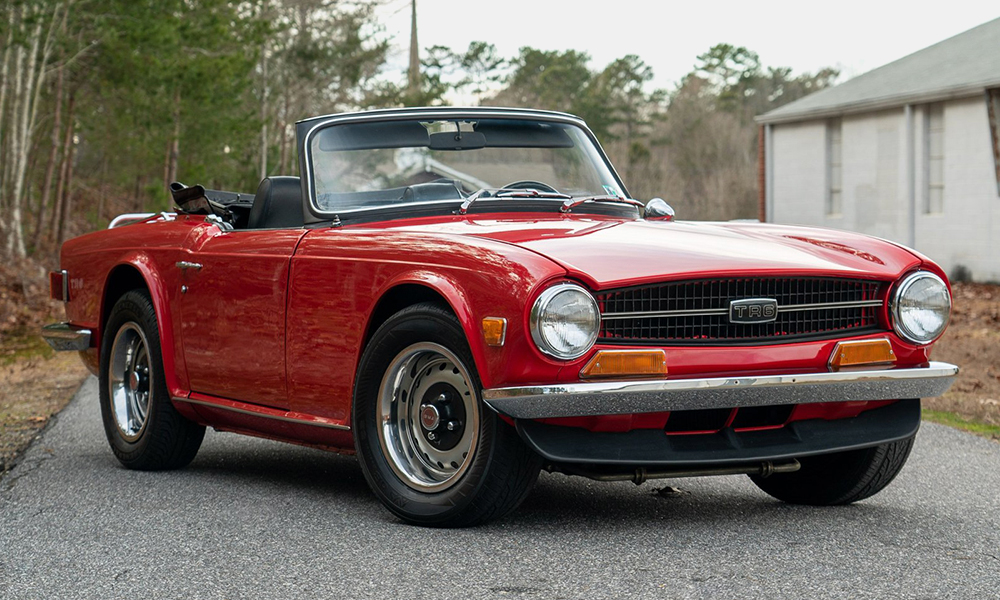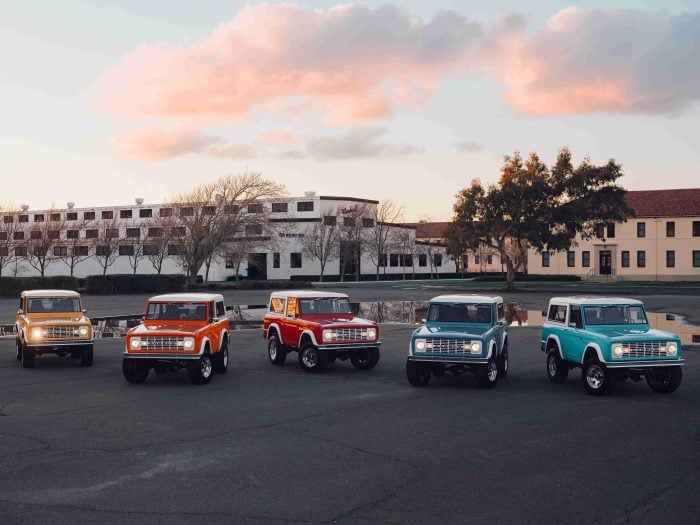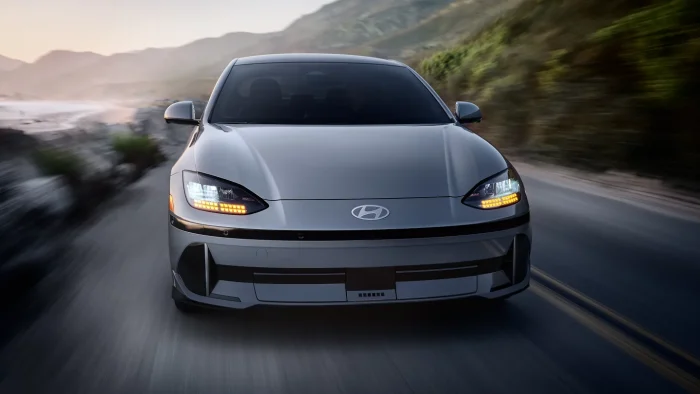The new crop of electric SUVs and cars are obviously things to be excited about, but there’s just something about a classic automobile (and those great old school automobile advertisements) that defines cool. Internal combustion engines, manual transmissions, timeless designs, analog gauges, and even the accompanying lack of reliability come together for a sense of character that you just don’t often get in the newer brands. These seven discontinued car brands may have fallen to the wayside, but they have a fond place in all oil-pumping hearts that can’t be replaced by anything modern.
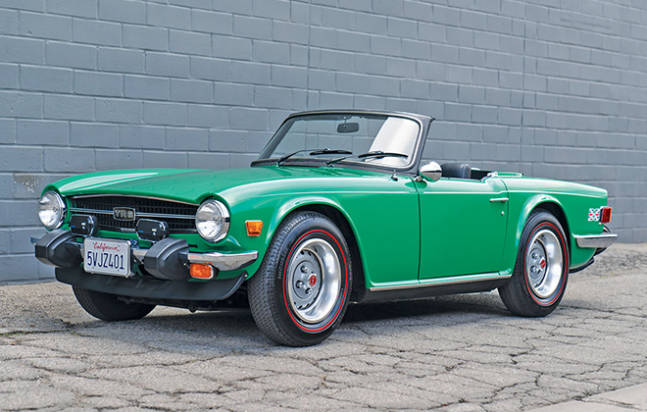
Triumph Motor Company (1930-1981)
Model to know: TR6
It might not be a mainstream name in the states, but among car companies that went out of business, Triumph Motor Company is dearly missed. Triumph’s humble beginnings as a bicycle and motorcycle builder date back to the Triumph Cycle Company back in 1897, and it transitioned to cars in 1930. It was acquired by the British Leyland Motor Company in 1960 and ended half a century later, but its iconic low-powered coupes and roadsters are still beloved. The TR6 was perhaps the brand’s most masculine convertible offering. The Karmann-designed body was a notable departure from the softer-looking TR5, despite the fact that many parts came over from the TR6’s predecessor. The boxier front and rear fascias — as well as the larger wheels, tires, and headlights — set it apart from previous TRs. A 2.5-liter straight-six mated to a four-speed manual transmission with output around 150 horses gave the car its power. It’s often considered as the last of the traditional British sports cars. Luckily, you can still find some on the road and up for sale in the States. The cars are a lot to maintain, but they’re worth it.
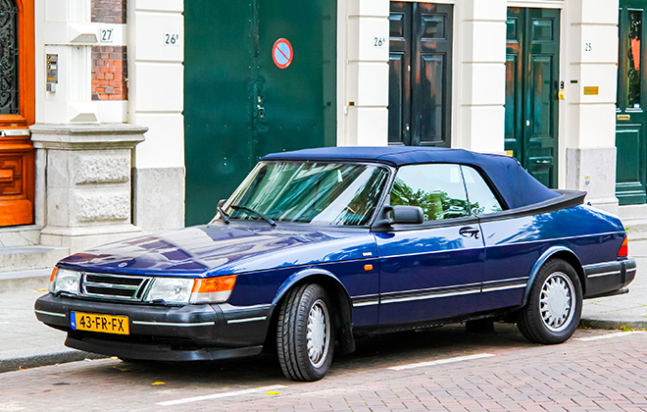
Saab (1949-2011)
Model to know: Saab 900
There’s a lot to love about Saab, and I lament the quirky brand’s demise. As an offshoot of Swedish military aircraft manufacturing, Saab delivered its first car, the bulbous but aerodynamic Saab 92, to the public in 1949. The company grew as the 92 evolved into the 93, 95, and the 96, but it didn’t see true success until its first major redesign in 1969 in the form of the Saab 99. It became the car that would embody Saab’s design language for the rest of its life. The Saab 900 sedan bowed in 1978 and became the brand’s most successful and most iconic car with 1 million units built. The long nose, upright windshield, and swept-back rear glass became one of the most recognizable designs in the industry, giving birth to a coupe, convertible, and wagon. Saab was never the same after GM took the reigns and pretty much ruined the Saab brand by making them more conventional and less interesting. Saab changed hands a few times before giving up the automotive ghost and filed for bankruptcy in 2011.
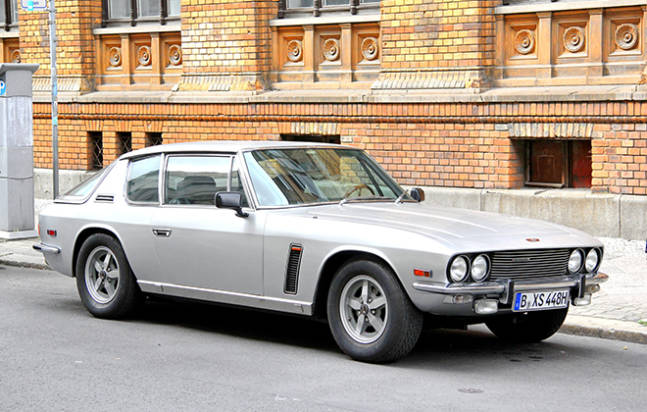
Jensen Motors Limited (1922-2011)
Model to know: Interceptor
Not many folks know about Jensen Motors in America, but this vintage car brand out of the UK has real cred in motor circles. Launched in 1926 by brothers Alan and Richard Jensen, Jensen Motors Limited specialized in handcrafted versions of mainstream cars, as well as coach builds for wealthy customers. Beautiful two-seaters like the Jensen 541S luxury GT and the Jensen-Healy two-seat roadster put the brand on the map, but it’s the second version of the Jensen Interceptor that people remember most, largely because of the menacing and heavily modified Interceptor Pursuit Special in the Mad Max movies. The Interceptor was never sold in this form, of course, but the shape of the Interceptor and the V8 mill made it ripe for the big screen. After the Jensen brothers left in 1967, the company was never the same. It bit the dust and was dissolved in 2011.
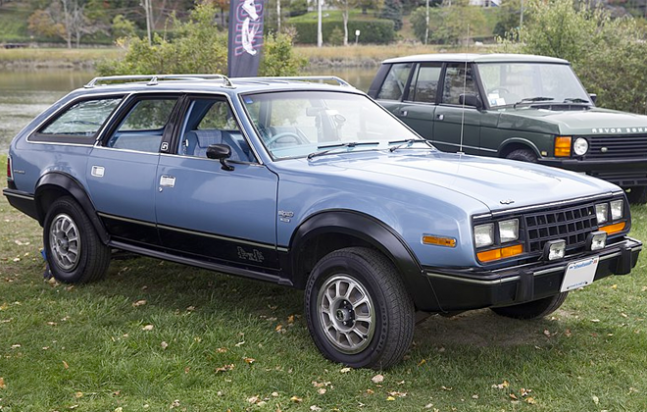
AMC (1954-1988)
Model to know: Eagle
AMC was created to go up against the Detroit big three: Ford, GM, and Chrysler. What emerged was a niche brand that focused on fuel-efficient, sporty, and outdoorsy models that still get respect (the AMC Javelin AMX) and ridicule (Gremlin, Pacer) to this day. The brand is also responsible for what were at the time experimental features, like reclining seats and front and rear disc brakes, that are industry standards today. Its most iconic vehicle in its stable was easily the AMC Eagle, the world’s first crossover that came out before the term crossover even existed. The lifted four-wheel drive station wagon provided buyers with all-weather capability in a vehicle that drove like a conventional car. The Eagle was actually the first mass-produced American vehicle with 4WD, and had the added bonus of an independent front suspension. With its egg crate grille, bumper-mounted driving lights, bulging fenders, and optional faux wood body decor, it’s still perfectly drivable today. The brand ended in 1988 and became Jeep Eagle Corporation, thereby merging with Chrysler, one of the very companies it was meant to compete with.
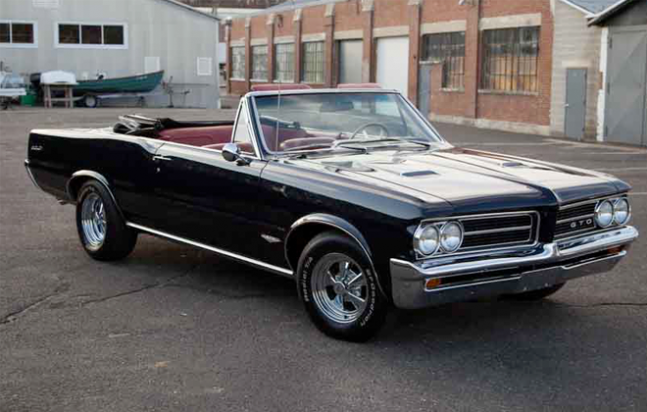
Pontiac (1926-2010)
Model to know: GTO
Pontiac started as a GM division back in 1926 as a companion to the higher-end Oakland line, but Pontiac became the more popular sub-brand and held its own just beneath Buick and Cadillac. Abysmal failures like the hideous Aztek SUV and the glitchy Fiero sports car will forever be burned in the minds of the automotive cognoscenti, but the muscle car legend that is the GTO is an absolute icon. Although the name was copied from the Ferrari 250 GTO (Gran Turiso Omologato), the GTO was actually homologated for racing as a bit of an afterthought. The first-gen muscle car is the one that put the Pontiac GTO on the map, but its the coveted second-gen that collectors want so badly, namely the 1970 GTO Judge With its smoothed out, but still muscular, body and a booming 6.6-liter V8 that was good for 366 horsepower. The brand resurrected the GTO nameplate in 2004 by rebadging an Australian Holden Monaro (looking like a steroidal Chevy Cavalier). The brand was killed off in 2010 when production ended.
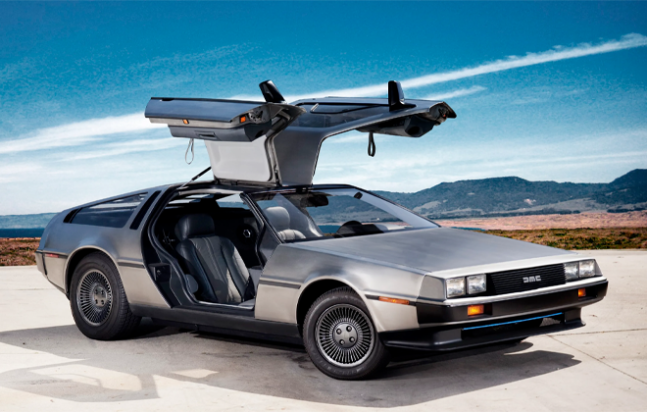
DeLorean (1975-1982)
Model to know: DMC 12
Who doesn’t know the DeLorean? In the pantheon of defunct car brands, the one ranks at the top. Even though numerous car fans were born after the car ever debuted, the DMC-12 is recognized as an automotive icon thanks to the 1985 movie Back to the Future. John DeLorean, a former GM exec, took his namesake company and built the DMC-12 in stainless steel and gave it gull-wing doors, a mid-mounted engine, airbags, and other mainstream auto industry firsts. But the DMC-12 was quicker and more appealing in the movie than in real life. The DMC-12 was a dismal failure, and John DeLorean’s company went bankrupt in 1985. The car, however, remains a legend for its silver screen appearance, its looks, and cutting-edge design, if not for its performance or quality (or lack thereof).
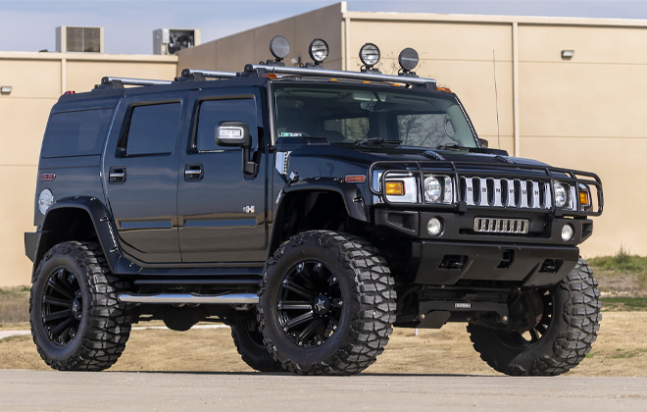
Hummer (1992-2010)
Model to know: H2
The Hummer H1 is the military vehicle built for civvies, and Arnold shouldered much of the credit for making it famous. Originally known as the Humvee, the H1 became so popular that it birthed the H2 and H3 models, two versions that became progressively more consumer-friendly and comfort-focused, despite the brand’s original off-road leanings. Due to escalating fuel costs, questionable vehicle safety, and poor sales, GM attempted to sell off the brand to no avail. Hummer died in 2010 when H3 production ended. In 2021, GMC revived the Hummer name and started building an electric version known as the Hummer EV. The H2 is the version that bridged the gap between military vehicle and comfortable civilian SUV thanks to its refined looks, easy driving manners, rugged off-road chops, and spacious interior. Although it shared a platform with the Suburban and the Tahoe, there was nothing like it on the road. The Hummer was so iconic that its second coming in the EV is testament to its impression on the world of SUVs.

